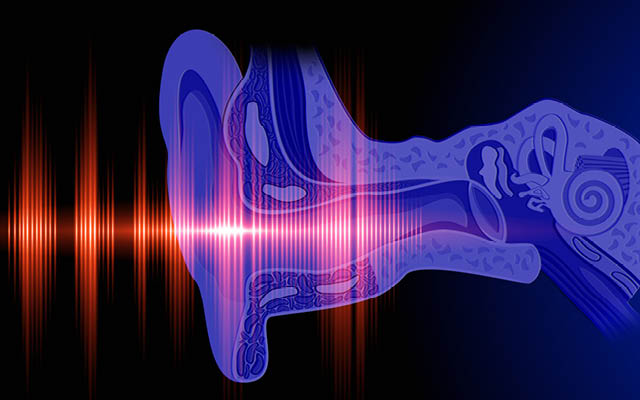Hearing loss has a way of focusing a geezer’s attention on his ears. Before they begin to malfunction, they’re just an excuse to buy Q-tips; once they’ve become useless, you can’t help but marvel at their former usefulness. Not only do they facilitate communication, but it now seems they may also offer a doorway to a novel antiaging gambit.
Researchers at the University of Leeds in England last month released the results of a study suggesting that “tickling” the ear with a low-voltage charge of electricity can rebalance the autonomous nervous system (ANS) and delay the onslaught of chronic illnesses that typically afflict the elderly. “The ear is like a gateway through which we can tinker with the body’s metabolic balance, without the need for medication or invasive procedures,” lead study author Beatrice Bretherton, PhD, said in a statement. “We believe these results are just the tip of the iceberg.”
The ANS, via its sympathetic and parasympathetic branches, handles all the bodily functions that function without a conscious effort on our part — everything from breathing and digestion to heart rate and blood pressure. The older we get, however, the more the sympathetic (fight-or-flight) branch begins to dominate, triggering a chronic inflammatory response that tends to hasten our journey to the grave.
Researchers have long sought a way to stimulate the parasympathetic (rest-and-digest) branch through the vagus nerve to prevent this imbalance, but previous attempts have involved implanting electrodes in a patient’s neck, a procedure that would certainly stimulate a fight-or-flight response from this geezer.
But Bretherton and her crew decided to focus their attention on a segment of the vagus nerve that reaches the part of the external ear called the tragus — that rounded piece of cartilage guarding the entrance to the ear canal. Because an earlier Leeds University study on healthy 30-year-olds showed improved ANS balance after electrical stimulation (also known as transcutaneous vagus nerve stimulation or tVNS), they wondered whether it would have the same effect on the elderly.
The team recruited 29 healthy volunteers with an average age of 64 and taught them how to zap their ear with a mild electric current. After doing so for 15 minutes a day over a two-week stretch, the study participants exhibited an increase in parasympathetic response, as measured by heart-rate variability and other metrics. It essentially rebalanced their ANS. Some of them even reported improved sleep patterns and mood.
It’s an intriguing approach, certainly lower on the silliness scale than much of what passes for life-extension therapies routinely circulated by the antiaging industry, but I don’t think tVNS is quite the answer for whatever ails me. I already sleep like a log and I’m generally a pretty happy guy. Plus, I’m slightly overprotective of my ears. Who knows what that electric current might do to my hearing aids?




This Post Has 0 Comments